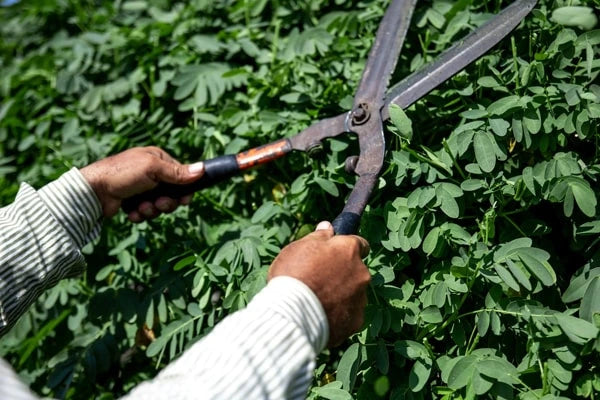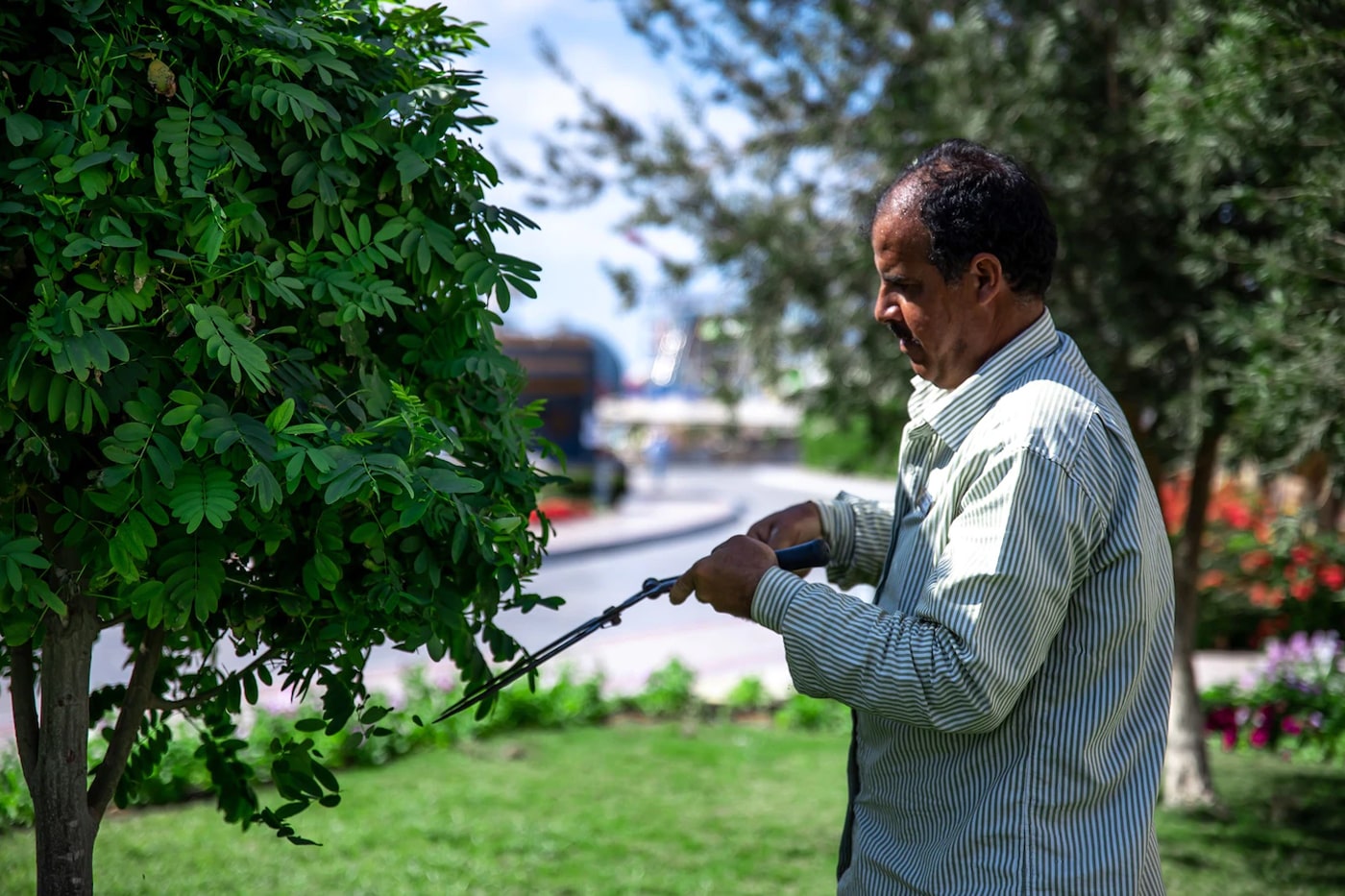Pruning is an essential part of maintaining the health of your garden. If you don’t prune regularly, your shrubs will start losing their shape. The overgrowths could stunt the growth of nearby plants or cause pests and infestation to spread!
If you think pruning is simply done by snipping at plant stems, you’re wrong! There is a right way and a wrong way to prune your shrubs. Aggressive pruning can traumatize plants and even cause them to wither and die.
What To Do When Pruning

Shrub Pruning DOs
DO: Use the Right Tools:
There are different types of pruning tools for shrubs, and most of these tools have to be used for a specific purpose. There’s no real “multipurpose” pruning tool because different plants have different pruning needs.
Telescopic Garden Pruner: AKA a lopper, a telescopic pruner features two long, adjustable handles and typically a bypass-style blade like the ECOgardener telescopic pruner. This tool lets you trim plant stems up to ½ inches in diameter. Use this to prune plants in high or tight places. Since the handles are adjustable, you don’t have to lug a ladder around to trim bushes and shrubs.
Hand Pruner: This is a small, handheld pair of pruning shears designed for accurate cutting. This tool is used to clip thin stems. The handles are short and ergonomic, with thick, sharp blades. Apart from close pruning, a hand pruner is used to shape bonsai plants, make flower arrangements, harvest fruits, and other activities that require cutting plant buds and stems.
Hedge Pruner: This pruner looks exactly like a giant pair of scissors. It's used to trim and shape hedges and shrubs. Hedge shears are often lightweight with super sharp blades so that you can work in the garden longer. With this tool, you can create different shapes quickly for topiaries. It's also perfect for any pruning job, like shaping formal and informal hedges.
Complete your garden tools by shopping for quality pruning tools. Of course, be sure that the tools you’re getting suit your garden needs.
DO: Prune 1/4 of the Shrub
It's easy to overdo the pruning when distracted as you cut away at overgrowths. Pruning too much will ruin the plant's shape, traumatize it, and affect its growth. To ensure that you don't prune too aggressively, remember the rule of the 1/4 - do not go over 1/4 of the plant.
Prune in small sections and step back once in a while to check the shape and denseness of the foliage. Working in sections can create a more balanced look and avoid overdoing the pruning.
DO: Use the Right Pruning Technique
If you’re cutting hedges and shrubs down to size, you want to make clean cuts so that the plants won’t have any problem recovering from a trim. This goes especially for drastic pruning, plants need to heal, and they’ll take longer to recover if the cuts are jagged.
So two things to remember: One, always use sharp pruning tools and take care of your garden equipment. This enables you to prune correctly and avoid hurting the plants.
Two, use the correct pruning technique. Make heading cuts to get rid of unruly stems and branches. This is a cut made just outside a branch node with a bud. Make thinning cuts to improve air circulation. This cut helps thin out dense branches and foliage so air and light can penetrate the plants better.
DO: Mind the Timing
The best time to prune shrubs depends on how light or heavy the pruning is. For light pruning, do it during the summer season. Heavy pruning is best done in the winter when the shrubs are dormant. Avoid trimming the shrubs late in the winter season because the rising temps could signal the start of the growth process.
DO: Focus on Dead and Diseased Branches
Don’t wait until your following pruning schedule if you see browning, dying, dead, and diseased branches -- cut these off as soon as possible. Dying branches with browning leaves should be cut right away to minimize the risk of infestation and contamination. Dead branches keep plants from producing new growths. By cutting these off, the shrubs can conserve energy for new growths.
What Should You Not Do When Pruning?

Shrub Pruning DON’Ts
DON’T: Be Lazy
Pruning can be done any time of the year, but to ensure your safety, do it regularly. You have to stick to a regular pruning schedule, so overgrowths don’t end up being a safety hazard! Pruning should be done during the late winter season when the plants are fully dormant. Do light pruning in the summer season when needed. Inspect your garden every chance you get to avoid the spread of pests and diseases.
DON'T: Prune in the Fall Season
Plants need to stay healthy to survive the harsh winter months. That's why it's best to avoid pruning shrubs later in the fall season. Freshly trimmed plants might not be able to survive the colder temperatures. The hibernation period is a delicate process, and the extreme cold could kill the plants if pruned drastically.
DON'T: Prune Flowering Shrubs When Blooming
If the shrubs are still producing flowers, do not prune them! The plants should be allowed to continue the blooming period to keep the plants healthy enough for the next blooming cycle. Also, you might inadvertently damage the flowering elements of the shrubs, and they won't produce flowers the following year. Prune only when the plants are no longer producing flowers!
DON'T: Prune without a Strategy
You need to be strategic with the pruning to do the job effectively. Be strategic with the pruning, this has to be done in sections so you can focus on getting the shape and denseness right. If you’re not being strategic, you might end up making uneven cuts and shapes, which could affect the health of your plants and ruin the look of your garden.
Choose ECOgardener Pruning Tools

Pruning is a critical part of maintaining a garden. It will take some trial and error to get it right if you’re doing it for the first time. But as long as you keep the tips above in mind and use the right garden tools, you can enjoy a beautifully manicured garden all year long!



